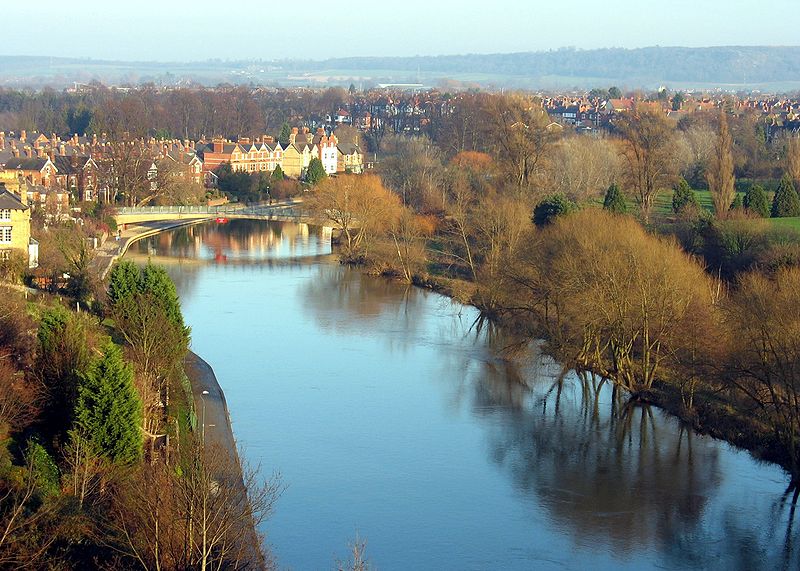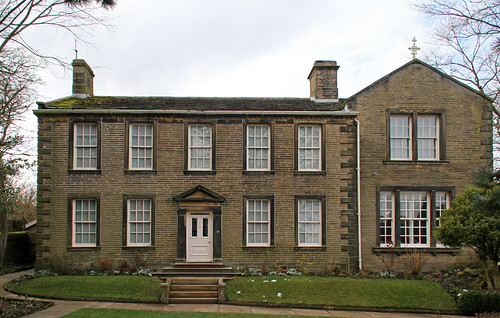Jane Eyre was published in 1847 by Currer Bell. Today, this author is better known by her real name, Charlotte Brontë (Wikipedia). It follows a young woman through her neglectful childhood and independent young adulthood as she traverses the Northern England countryside. The novel also marries a classic bildungsroman and gothic romance by using some classic female gothic tropes: persecuted heroine; flight from an evil parent; social and sexual repression and shame; ghosts, but not too many supernatural undertones; a critique of societal structure; and fears of domestic entrapment (Oestreich).
Admittedly, using Jane Eyre as an entry can be seen as a cop-out; however, this novel is very pertinent (as promised) to Thursday's journey. It would be hard to talk about any of the important similarities and symbolism between Jane Eyre and The Eyre Affair in another capacity relevant to this type of assignment since any places associated with the...
more


